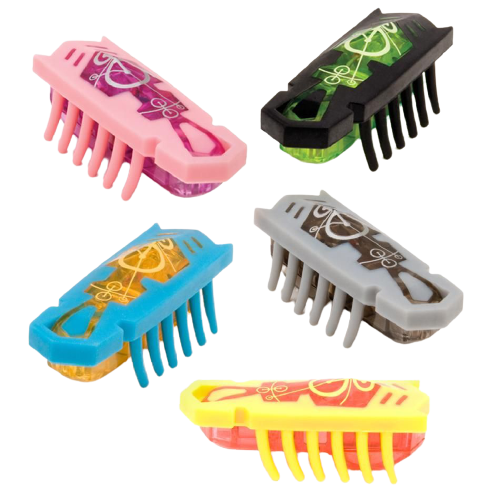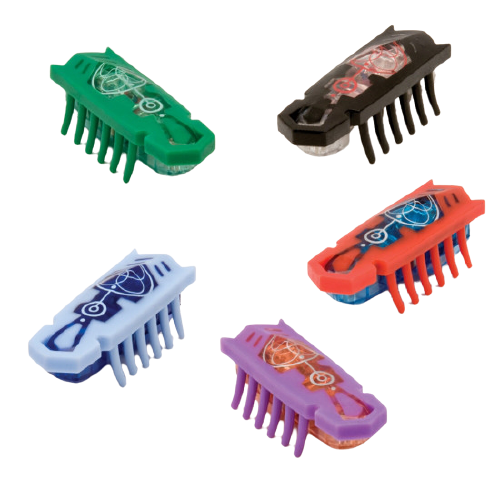Wotermelon


wotermelon
More Posts from Horizon32 and Others

Donald Sadoway wins European Inventor Award for liquid metal batteries
The MIT professor’s work could enable long-term storage of renewable energy.
MIT Professor Donald Sadoway has won the 2022 European Inventor Award, in the category for Non-European Patent Office Countries, for his work on liquid metal batteries that could enable the long-term storage of renewable energy.
Sadoway is the John F. Elliott Professor of Materials Chemistry in MIT’s Department of Materials Science and Engineering, and a longtime supporter and friend of the Materials Research Laboratory.
“By enabling the large-scale storage of renewable energy, Donald Sadoway’s invention is a huge step towards the deployment of carbon-free electricity generation,” says António Campinos, president of the European Patent Office. “He has spent his career studying electrochemistry and has transformed this expertise into an invention that represents a huge step forward in the transition to green energy.”
Read more.


fitness thot minos & slutty priest gabriel

reminder tht they lov each other very muchc :)
Engineers at the University of Illinois Chicago have built a cost-effective artificial leaf that can capture carbon dioxide at rates 100 times better than current systems. Unlike other carbon capture systems, which work in labs with pure carbon dioxide from pressurized tanks, this artificial leaf works in the real world. It captures carbon dioxide from more diluted sources, like air and flue gas produced by coal-fired power plants, and releases it for use as fuel and other materials.
“Our artificial leaf system can be deployed outside the lab, where it has the potential to play a significant role in reducing greenhouse gases in the atmosphere thanks to its high rate of carbon capture, relatively low cost and moderate energy, even when compared to the best lab-based systems,” said Meenesh Singh, assistant professor of chemical engineering in the UIC College of Engineering and corresponding author on the paper.
Using a previously reported theoretical concept, the scientists modified a standard artificial leaf system with inexpensive materials to include a water gradient – a dry side and a wet side – across an electrically charged membrane.
On the dry side, an organic solvent attaches to available carbon dioxide to produce a concentration of bicarbonate, or baking soda, on the membrane. As bicarbonate builds, these negatively charged ions are pulled across the membrane toward a positively charged electrode in a water-based solution on the membrane’s wet side. The liquid solution dissolves the bicarbonate back into carbon dioxide, so it can be released and harnessed for fuel or other uses.
Read more.

❗️dailyquests Follow
Cut you down
Break you apart
Splay the Gore of your Profane Form across the Stars
Grind you down until the very Sparks cry for Mercy
2 notes
I had one of these 6 years ago, ever since I lost it I have been looking for their name.


Hexbugs for your blog 🐛

No more community gardens
Edits:


-
 longbird47 liked this · 4 weeks ago
longbird47 liked this · 4 weeks ago -
 draconicghost16 liked this · 1 month ago
draconicghost16 liked this · 1 month ago -
 chimeragonz liked this · 1 month ago
chimeragonz liked this · 1 month ago -
 lilysphinx liked this · 2 months ago
lilysphinx liked this · 2 months ago -
 theanoninyourinbox liked this · 2 months ago
theanoninyourinbox liked this · 2 months ago -
 chabby4memes liked this · 3 months ago
chabby4memes liked this · 3 months ago -
 tectonicplates18 liked this · 4 months ago
tectonicplates18 liked this · 4 months ago -
 potatoknightshade liked this · 4 months ago
potatoknightshade liked this · 4 months ago -
 smooth-noob liked this · 4 months ago
smooth-noob liked this · 4 months ago -
 amazinmango reblogged this · 4 months ago
amazinmango reblogged this · 4 months ago -
 mysticfauxstarz liked this · 4 months ago
mysticfauxstarz liked this · 4 months ago -
 joystickthedemon liked this · 5 months ago
joystickthedemon liked this · 5 months ago -
 ashkamoshka liked this · 5 months ago
ashkamoshka liked this · 5 months ago -
 mirrix reblogged this · 5 months ago
mirrix reblogged this · 5 months ago -
 tinytreader liked this · 6 months ago
tinytreader liked this · 6 months ago -
 clericofthedragon liked this · 6 months ago
clericofthedragon liked this · 6 months ago -
 grandestghoul liked this · 6 months ago
grandestghoul liked this · 6 months ago -
 dissentersbedamned reblogged this · 7 months ago
dissentersbedamned reblogged this · 7 months ago -
 sassytheskydragon liked this · 7 months ago
sassytheskydragon liked this · 7 months ago -
 eldritchaccident liked this · 8 months ago
eldritchaccident liked this · 8 months ago -
 spookwitchghost liked this · 8 months ago
spookwitchghost liked this · 8 months ago -
 burnt-pie-eater liked this · 8 months ago
burnt-pie-eater liked this · 8 months ago -
 jixysprout liked this · 8 months ago
jixysprout liked this · 8 months ago -
 honeyhamy liked this · 8 months ago
honeyhamy liked this · 8 months ago -
 bl00-b3rry reblogged this · 9 months ago
bl00-b3rry reblogged this · 9 months ago -
 koyehn reblogged this · 9 months ago
koyehn reblogged this · 9 months ago -
 mattlindel liked this · 9 months ago
mattlindel liked this · 9 months ago -
 fernast513 liked this · 9 months ago
fernast513 liked this · 9 months ago -
 legally-immortal liked this · 9 months ago
legally-immortal liked this · 9 months ago -
 clawdia-xboxliver reblogged this · 9 months ago
clawdia-xboxliver reblogged this · 9 months ago -
 celepito reblogged this · 9 months ago
celepito reblogged this · 9 months ago -
 caliginaught liked this · 9 months ago
caliginaught liked this · 9 months ago -
 wendyshideout reblogged this · 9 months ago
wendyshideout reblogged this · 9 months ago -
 wendyshideout liked this · 9 months ago
wendyshideout liked this · 9 months ago -
 hollifo liked this · 9 months ago
hollifo liked this · 9 months ago -
 nonbinary-bosmer reblogged this · 9 months ago
nonbinary-bosmer reblogged this · 9 months ago -
 wickerbotter reblogged this · 9 months ago
wickerbotter reblogged this · 9 months ago -
 insert-intresting-username liked this · 10 months ago
insert-intresting-username liked this · 10 months ago -
 clockworkinspiration reblogged this · 10 months ago
clockworkinspiration reblogged this · 10 months ago -
 clockworkfountain liked this · 10 months ago
clockworkfountain liked this · 10 months ago -
 h00pqueen liked this · 10 months ago
h00pqueen liked this · 10 months ago -
 worldbuildingloreman liked this · 10 months ago
worldbuildingloreman liked this · 10 months ago -
 morkify liked this · 10 months ago
morkify liked this · 10 months ago -
 decahedrones liked this · 10 months ago
decahedrones liked this · 10 months ago -
 bluesheep-draws liked this · 10 months ago
bluesheep-draws liked this · 10 months ago -
 asleepymonster reblogged this · 10 months ago
asleepymonster reblogged this · 10 months ago -
 asleepymonster liked this · 10 months ago
asleepymonster liked this · 10 months ago -
 iamthekaijuking liked this · 10 months ago
iamthekaijuking liked this · 10 months ago -
 artsy-eco-freak liked this · 10 months ago
artsy-eco-freak liked this · 10 months ago -
 zanidragon reblogged this · 10 months ago
zanidragon reblogged this · 10 months ago